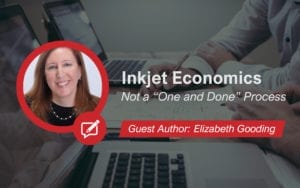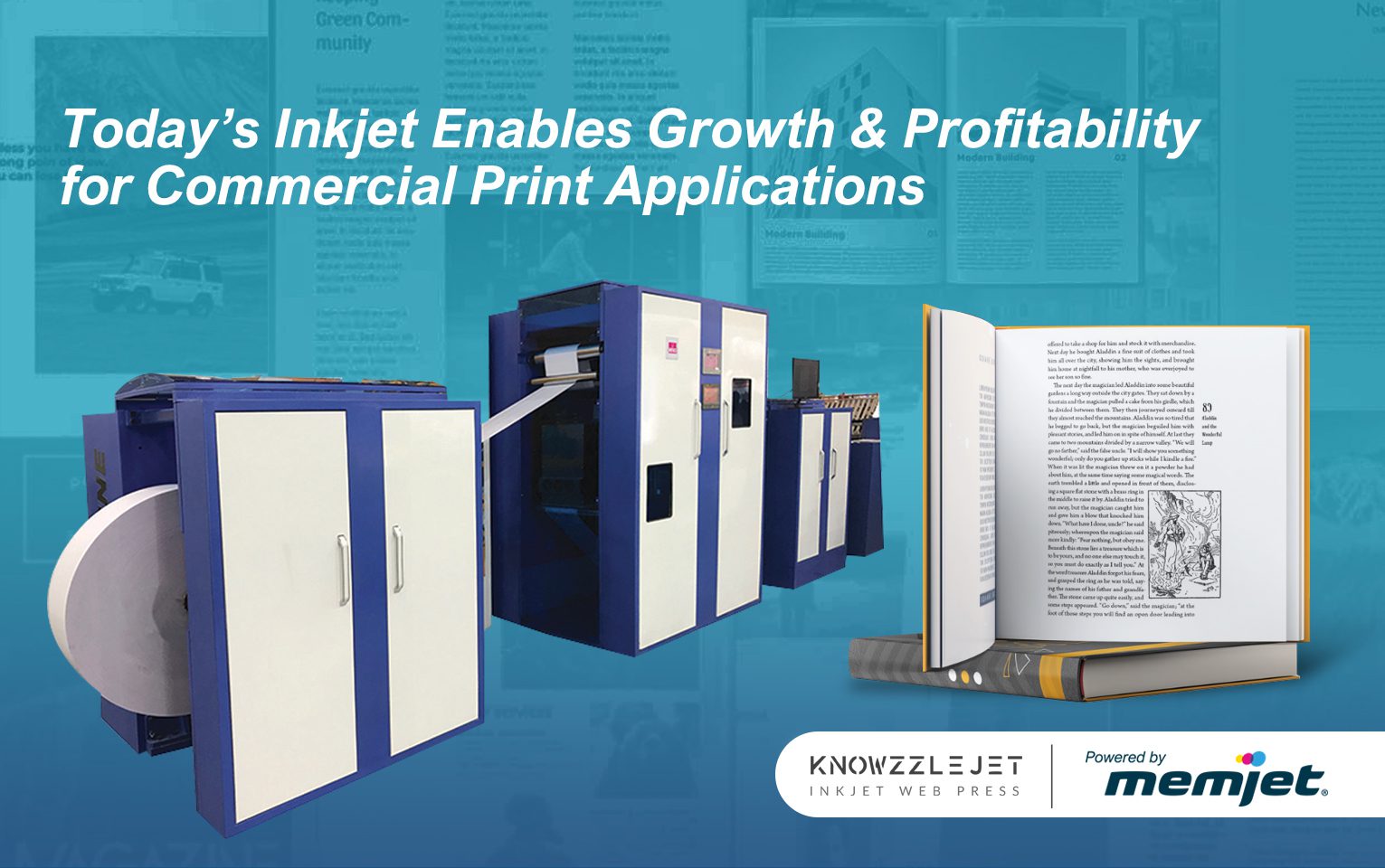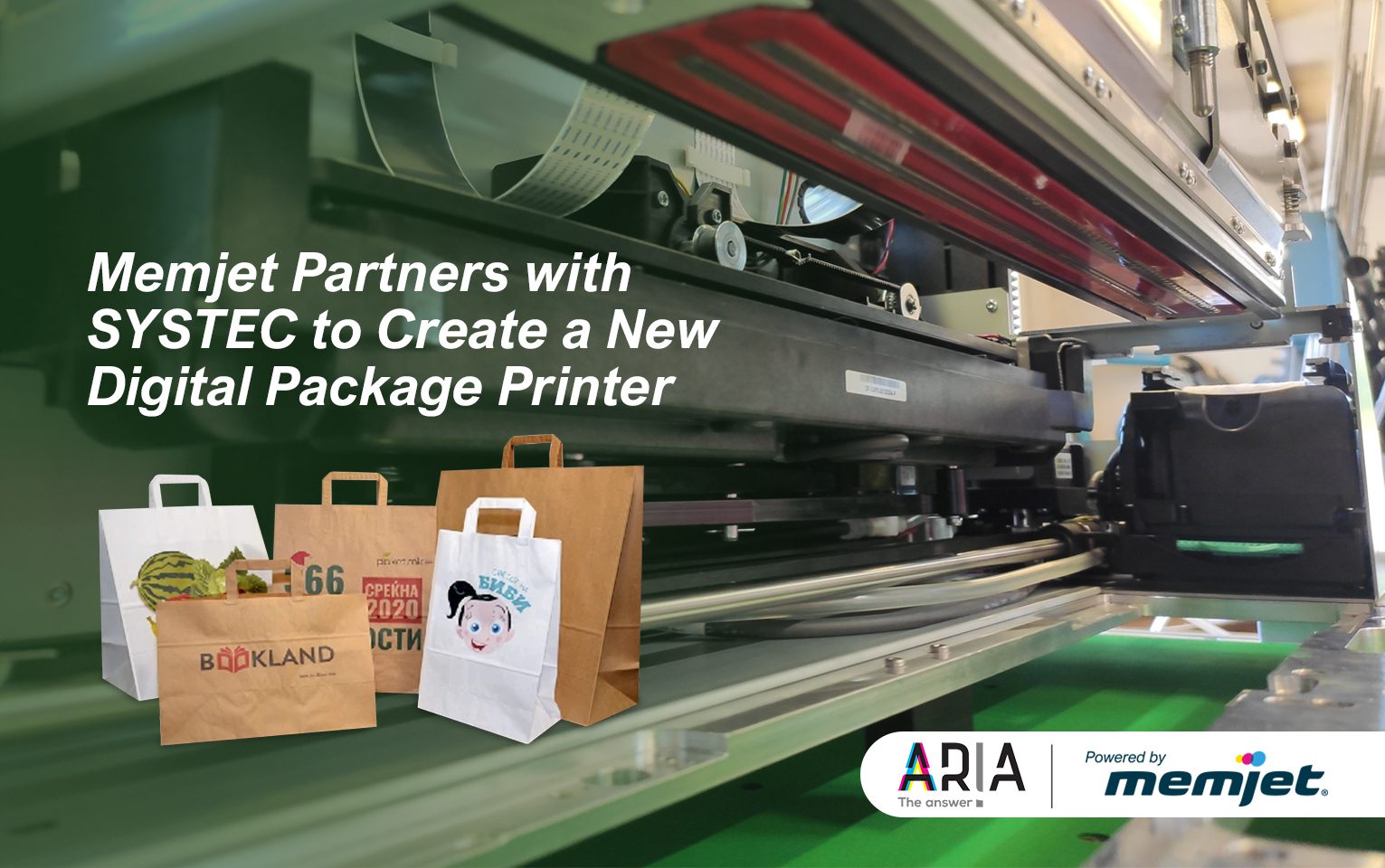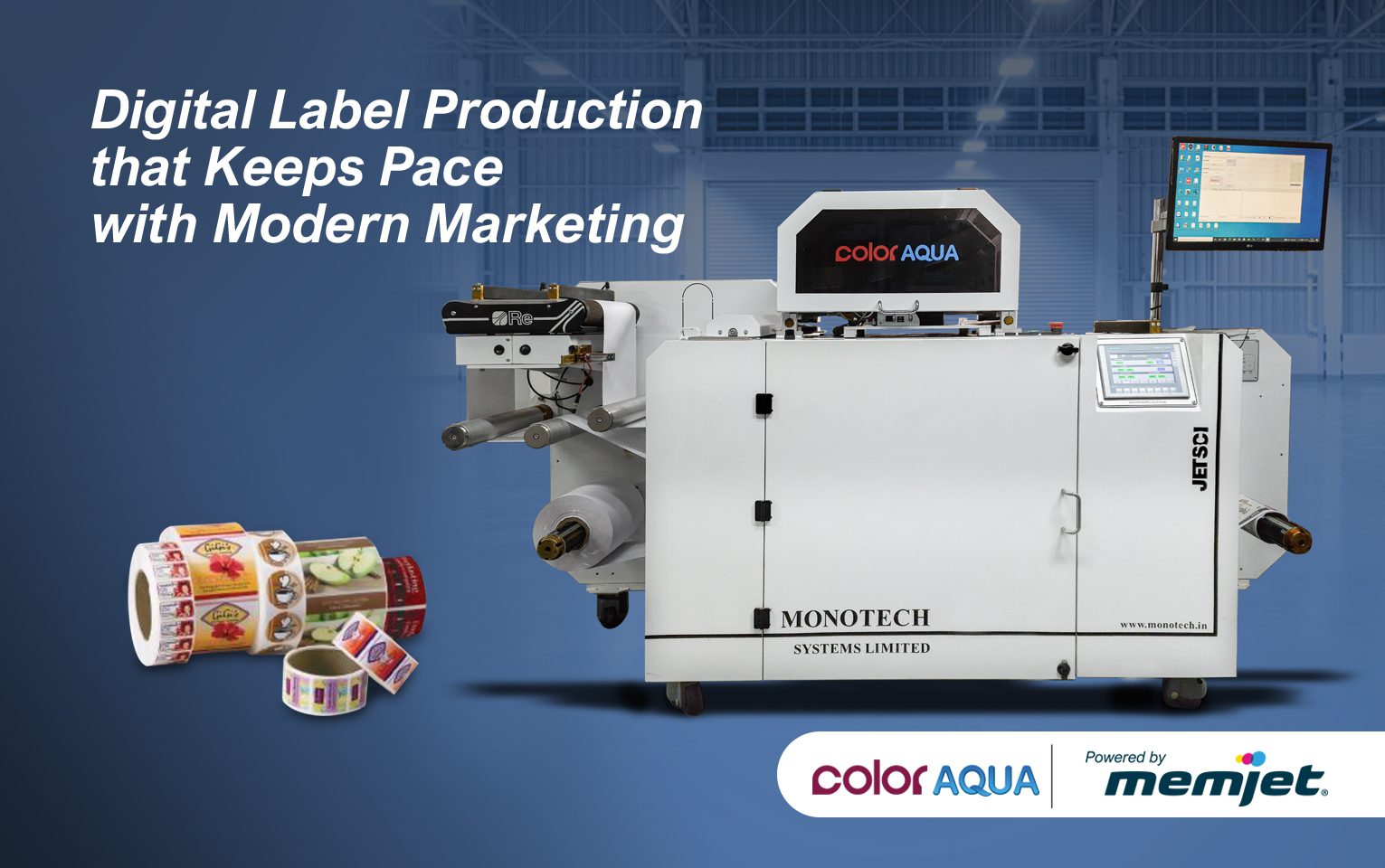By: Elizabeth Gooding, President at Inkjet Insight and Co-Author of “The Designer’s Guide to Inkjet”

Not a “one and done” process
Sometimes analyzing inkjet costs feels like trying to boil the ocean. There are so many features and so many variables that it can be overwhelming. Calculating Total Cost of Ownership (TCO) or Total Cost of Print (TCOP) for a particular application are complex exercises. The calculation process is complicated by the assumptions that have to be made to determine the operating costs, by the research and requirements gathering that needs to be done to make those assumptions valid, and by the interrelationships between cost assumptions – a decision in one area may restrict choices or impact performance in a related area.
The key to making your way through this process without becoming frustrated, cross-eyed, or both is to break the analysis down into stages that are relevant to where you are in the evaluation process. Tackle analysis at multiple stages with increasing levels of detail.
Inkjet Readiness
At this stage you can make high-level assumptions of the volume you expect to move to inkjet, the characteristics of that volume and approximate running costs. (This should also help you understand how much more information you need to do a real evaluation.) The goal is to determine if you have the right mix of volume to make an inkjet investment worthwhile. Note that you may apply this exercise to multiple scenarios: continuous feed, sheet fed, hybrid (offset enhanced with inkjet).
Comparison of Devices
Once you have decided inkjet may be a good fit, it’s time to drill down on the suitability of different solutions. At this stage, you need much more detail on the jobs that make up the volume estimated in the first step. You must estimate volumes based on color coverage, paper type, and quality sensitivity. You will look at the capital costs as well as running costs including paper, ink and fluids, power and people. Also consider compatibility with existing software, finishing and physical workflow. The goal here is to create a level comparison of different devices based on the specifics of running the volume you expect to transition. Capital costs for each device are important, but the running costs specific to your work is where the rubber meets the road. Narrow the field to one or two devices at this step.
Inkjet Business Case
At this point you are probably a little in love with a particular solution, so be careful not to fit the numbers to the solution instead of the other way around. Here you should be refining the details of your calculation. Looking at how the numbers change in different scenarios. What if it takes 6 months longer to transition volume? What if you can transition additional volume or add new types of business? What if your ink coverage estimates are x% higher/lower? By now you should also have done detailed print quality testing to ensure that you can achieve quality levels using the paper assumptions in your cost model. If you need more expensive paper or need to reduce the speed of the device to achieve print quality, your business case goes out the window.
Some steps in the evaluation process may need to be revisited more than once depending on how much time has passed, whether new technology has been introduced, prices have changed, or your business model has evolved. Analyzing inkjet costs is challenging causing some buyers to default to a comparison of capital costs and general costs of materials (ink, fluids, maintenance). That approach can lead to very dangerous decisions. I’ve seen many cases where spending a little more up front has saved clients multiples of that investment over the life of the device. The work you invest up front on gathering requirements for this analysis will also serve you well for measuring ongoing ROI and business performance.
I have provided links to a three part series with more details on inkjet economics and I also recommend reading the recent post from Eric Owen, General Manager of Commercial Press at Memjet on Total Cost of Print. Inkjet analysis is not a “one and done” process; but, done right, it can transform your business.
Explore Memjet and find out how our precise printing technology enables you to create beautiful print affordably.
Connect with us on LinkedIn.
About the Author: Elizabeth has a rare ability to see design related issues from many perspectives. She has managed creative teams on complex design projects, selected outsourcers for major brands and helped print organizations to retool operations, focus their market positioning and educate sales teams to accelerate growth. At Inkjet Insight.com, Elizabeth works with a team of top analysts to translate those experiences into tools, data and content to help print organizations evaluate the potential of inkjet, optimize their operations, work effectively with designers and grow pages profitably. She is also founding member of the Inkjet Summit advisory board and a curious consultant constantly seeking innovative ways to help designers and printers hone their craft and drive new pages onto inkjet presses.



